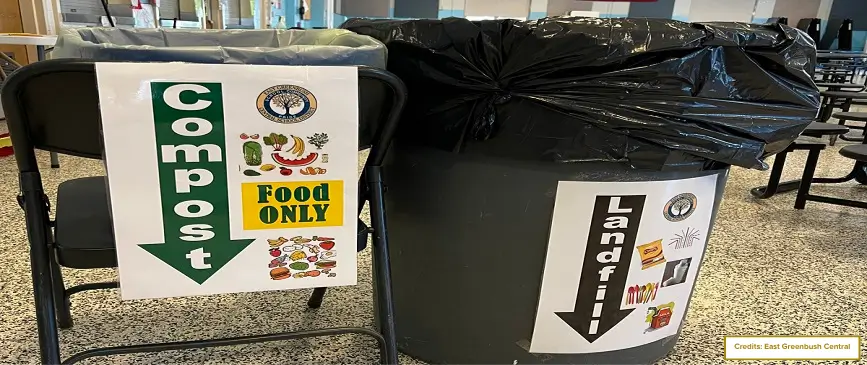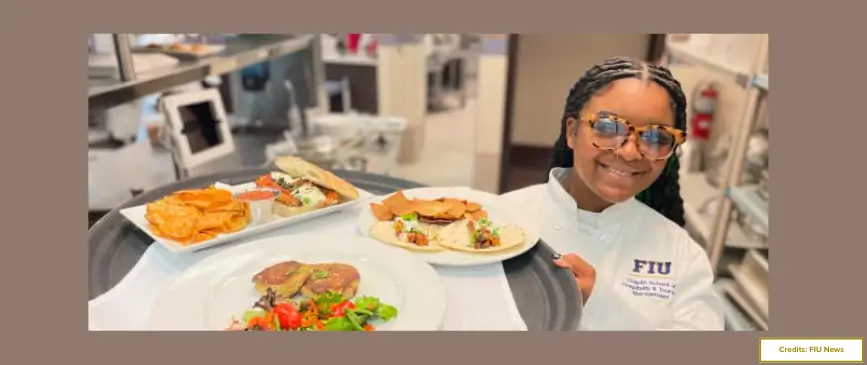Introduction
High school lunch hour, often dismissed as a simple midday break, has evolved into a point of heated discussion. While it may seem minor, how lunch is structured speaks volumes about a school’s trust in its students, its safety protocols, and its community engagement. One such debated policy is open lunch, also known as open-campus lunch. Under this model, students can leave school grounds during their lunch break to grab a bite, head home, or relax outside the school building.
For many, this sounds like a welcome breath of freedom. But behind the allure lies a complex web of concerns: safety, equity, nutrition, and administrative logistics.
Is open lunch a valuable privilege that fosters responsibility, or is it an open door to risk? Let’s explore what’s really at stake with both benefits and drawbacks in play.
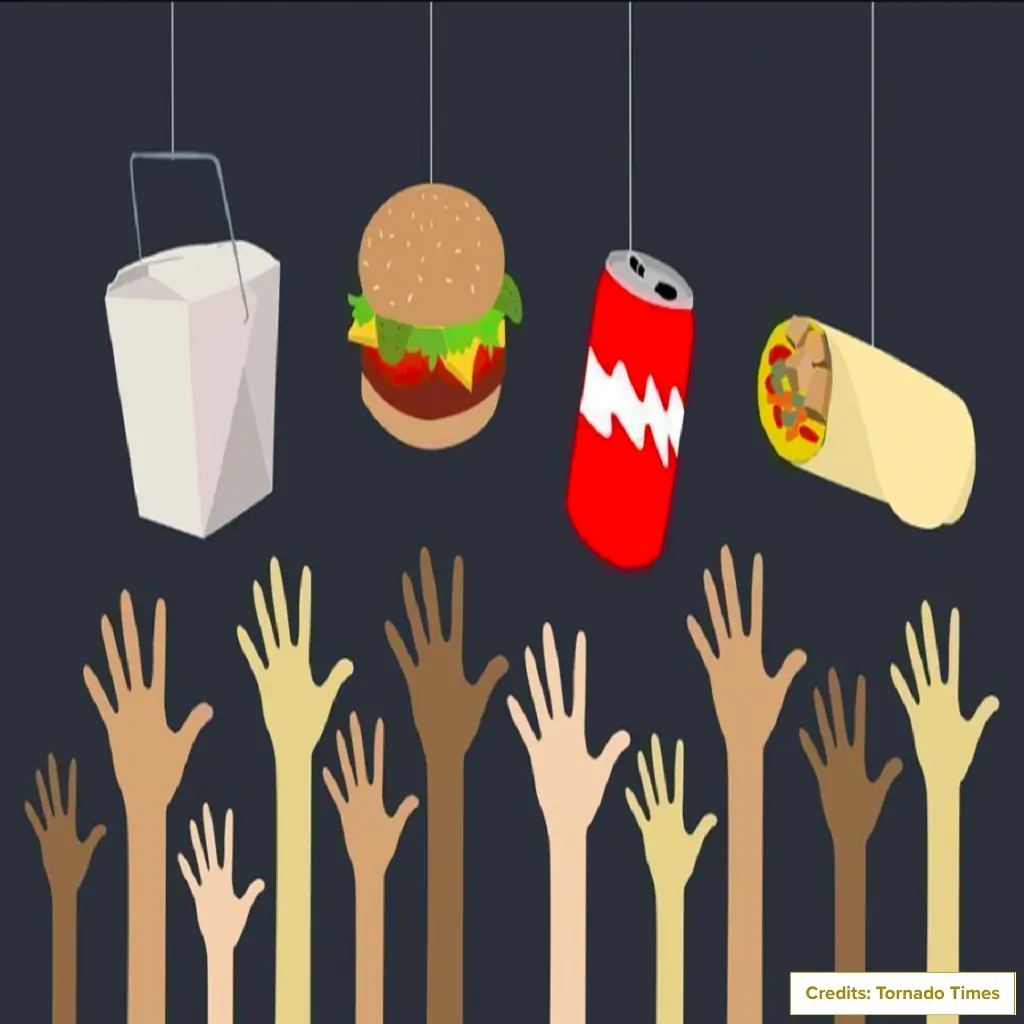
What Is an Open Lunch Policy?
An open lunch allows high school students to leave school property during their scheduled lunch break. Unlike closed campus policies that require students to stay on site, open lunch allows students to head home, grab a bite at a local restaurant, or get some air.
While this policy might seem like a welcome privilege, especially for upper-level students, it invites scrutiny. Critics worry about food allergens, safety concerns, and disparities in access to resources like transportation or money. Meanwhile, proponents argue that it encourages real-world skills like time management and self-discipline.
Research in the International Journal of Behavioral Nutrition and Physical Activity shows that students in schools with open campus policies are more likely to consume fast food than their closed-campus peers. Conversely, those eating meals through the National School Lunch Program tend to consume more nutritious foods like milk, vegetables, and fruits.
So, while open lunch may feel like a step toward adulthood, it raises real concerns about accountability, health, and equity, making it a more controversial school lunch policy.
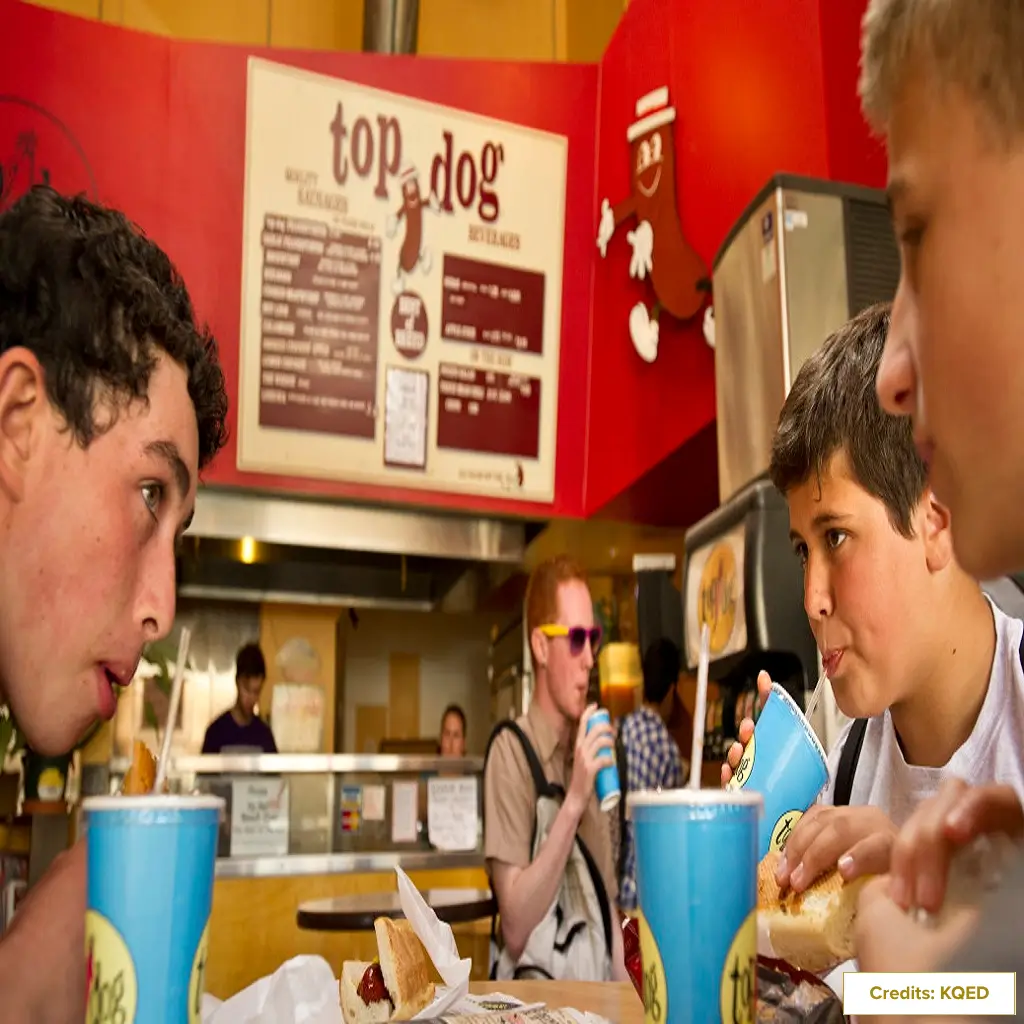
The Case for Open Lunch: Why Some Believe It’s Beneficial
Supporters of open lunch believe it aligns with modern educational goals like autonomy and student-centered learning. Here are the main reasons why open lunch is considered beneficial:
· Supports Student Independence And Responsibility
Giving students the option to leave campus for lunch encourages them to manage their time, make healthy decisions, and demonstrate accountability.
· Expands Meal Options
Many teens feel limited by standard cafeteria meals. Open lunch allows them to explore foods that match their tastes, dietary needs, or cultural backgrounds—something traditional menus may not always provide.
· Encourages Better Mental Health
A break from the school environment can offer a valuable mental reset. A walk or lunch at a local café can relieve stress and improve focus in the afternoon.
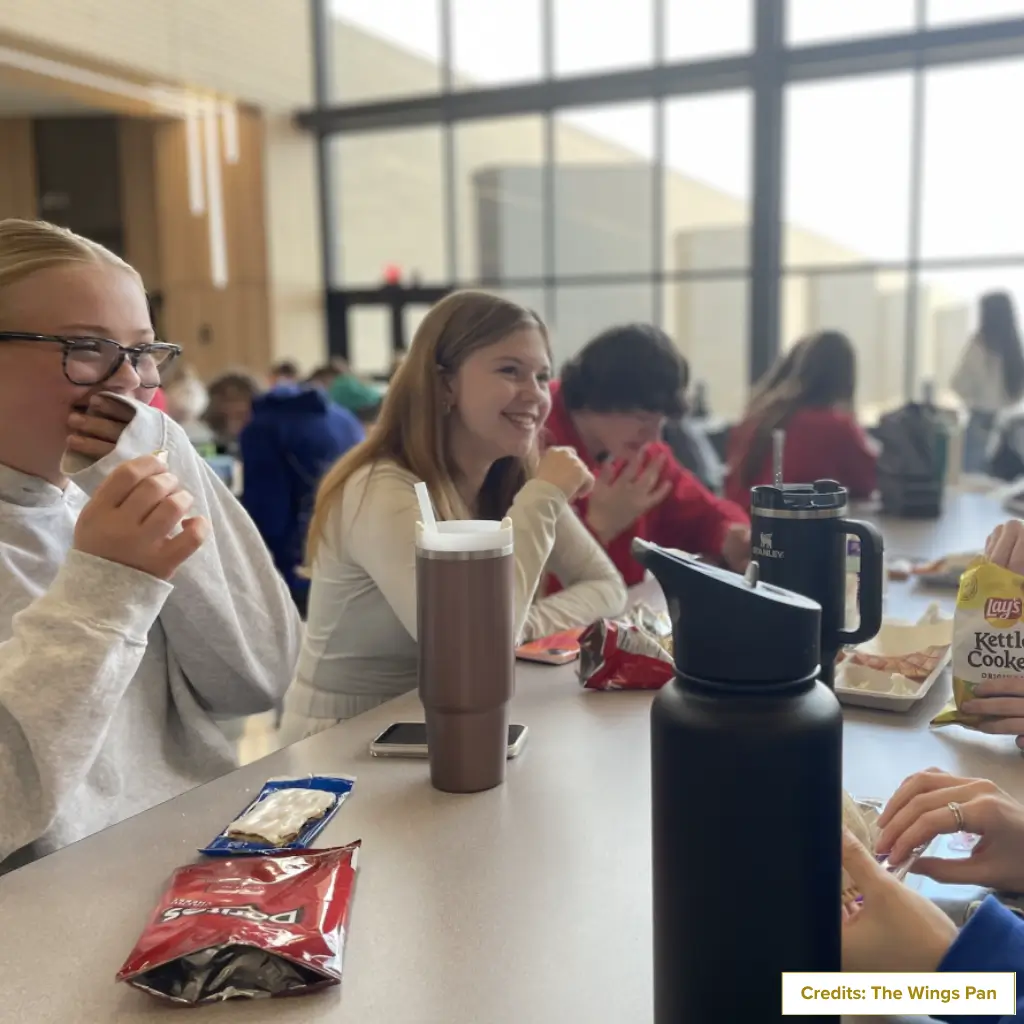
· Increases Satisfaction And Reduces Food Waste
When students can choose their meals, they’re more likely to eat them. This may help minimize food waste in schools caused by uneaten cafeteria meals.
· Boosts Community Involvement
Nearby restaurants often benefit from open lunch, and schools can collaborate with them to offer safe and affordable student-friendly options. This aligns with building a positive school culture by linking students with their broader community.
· Creates Opportunities For Incentive-Based Programs
Schools can grant open lunch as a reward for good grades, attendance, or behavior, helping students connect privileges with personal achievement.
The Case Against Open Lunch: Risks and Concerns
Despite its appeal, open lunch policies are fraught with challenges—many rooted in safety, fairness, and public health.
· Traffic and Time Constraints
Hundreds of students rushing out during a 30-minute window can cause traffic bottlenecks and accidents, especially in areas with busy roundabouts. This cuts into their lunchtime and poses a danger to pedestrians and drivers alike.
· Supervision and Risk
Once off school grounds, students are beyond the watchful eyes of educators. This raises liability concerns for schools and worries for parents about students’ whereabouts during lunch.
· Unhealthy Eating Choices
Fast food becomes an easy and attractive option during open lunch, leading to poor dietary habits. Unlike USDA school cafeteria recipes, restaurants aren’t bound by nutrition standards.
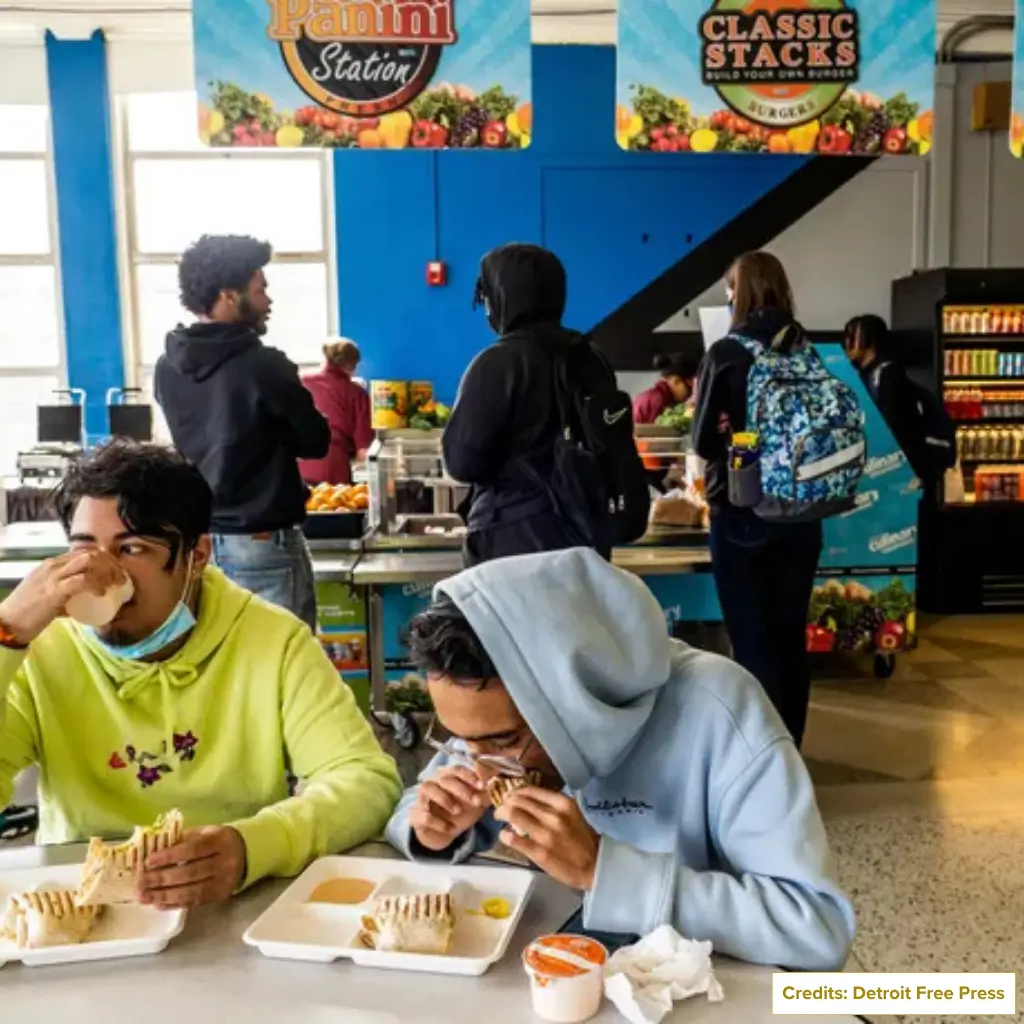
· Economic Disparity
Not every student can afford lunch out or has the means to leave campus. Some lack transportation or live too far away. This creates a divide, giving freedom only to those with the necessary resources.
· Truancy and Misuse
Some students may misuse the policy to skip school or engage in inappropriate activities like smoking or loitering. Even responsible students can face temptations when unsupervised.
· Affects school funding and participation
As more students eat off-campus, school meal participation declines. This can impact funding and limit the ability to organize the school cafeteria around consistent student needs.
Voices from the Community: Students, Parents, and Educators
The open lunch debate reveals varied perspectives. A New York high school survey showed that 99% of students favored open lunch. They cited food variety, mental breaks, and support for local businesses as key reasons.
However, parental voices were more cautious. Many parents worry about student safety and the lack of real-time supervision. As one parent said, “Trust is earned, not granted by default.”
Educators are equally torn. While some teachers see the value in rewarding mature students, others, like Principal Boyd, worry about the chaos it introduces. Boyd shared an incident where a parking lot accident during open lunch prompted a policy reevaluation.
And while students argue that those who want to skip will do so regardless, the reality is that open lunch offers a convenient exit that may tempt even generally responsible students.
Case Studies: Successes and Setbacks in Open Lunch Implementation
Different schools have taken different routes with open lunch, and not all outcomes are equal.
· Oak Ridge High School (Colorado)
Oak Ridge High School in Colorado offers a positive example. They rolled out open lunch only for seniors who met academic and behavioral criteria. Using geofencing and parental consent forms, they saw strong compliance, low tardiness, and higher student satisfaction.
· Riverside Central (Illinois)
In contrast, Riverside Central High in Illinois opened lunch access to all grades with minimal guidelines. The result? Increased absences, more disciplinary action, and logistical chaos. Within two semesters, the school reversed the policy entirely.
· Eastview High (New Jersey)
Eastview High’s gradual approach helped refine a system that worked for students and faculty, proving that open lunch can succeed with planning and feedback. Their experience shows how adapting cafeteria operations can align with broader goals, like modernizing the future of school cafeterias.
· West Hempstead, NY
In a heartbreaking example, two students lost their lives in a car accident during open lunch hours. In response, the district immediately discontinued the program. The incident triggered a broader statewide discussion on student safety and whether teenagers should be permitted to leave campus during school hours.

The Cultural Shift of School Lunch
From 50s school cafeterias with plastic trays to 90s school cafeterias that introduced pizza Fridays, lunch has always mirrored educational priorities. Now, as students demand autonomy and flexibility, open lunch becomes part of a broader evolution in education.
With some private institutions already offering flexible options like boasting gourmet choices and looser restrictions, public schools must ask if it’s time to design a functional and inclusive high school cafeteria that fits today’s world.
In places where lunch still involves weird school lunches and minimal variety, the demand for change only grows. It’s time to reimagine what high school cafeteria food should offer: variety, inclusivity, safety, and student choice.
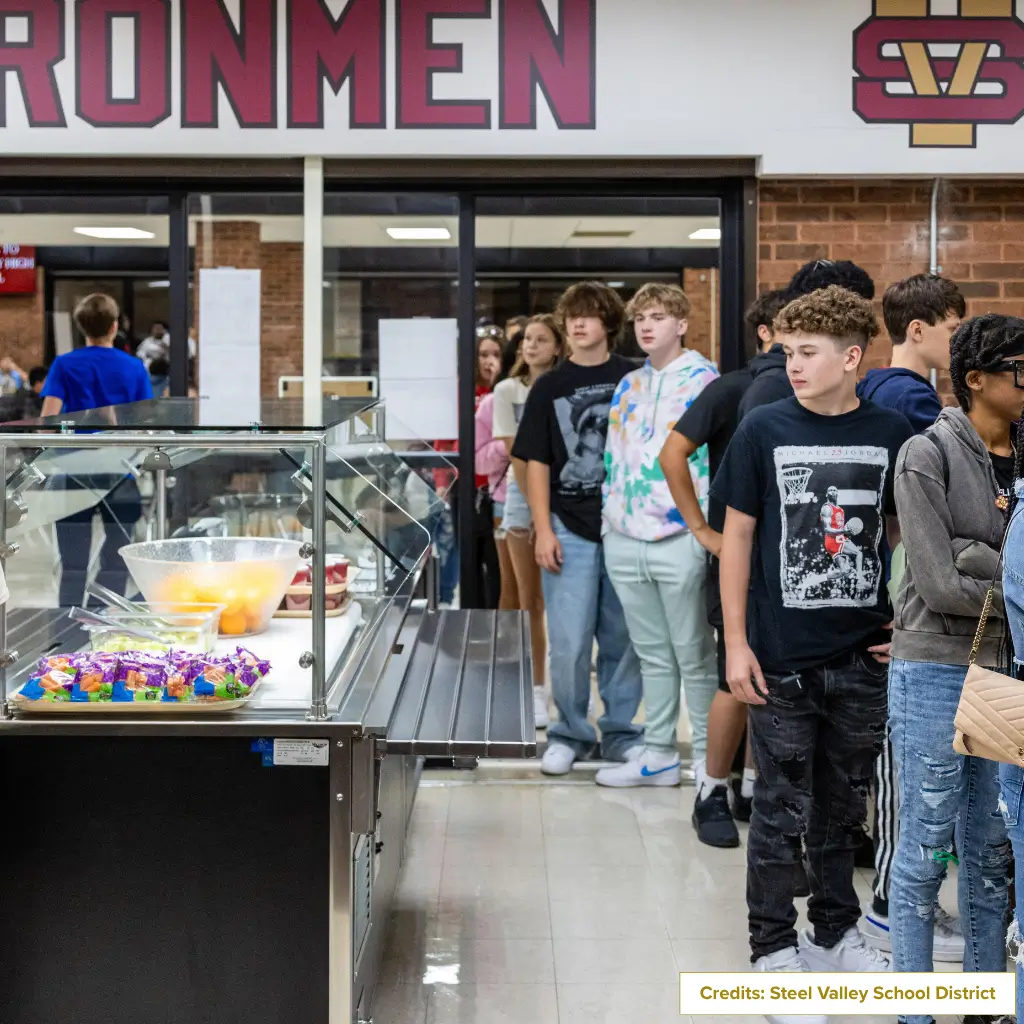
How To Decide: Is Open Lunch Right for Your School?
No two schools are the same. Urban schools face different challenges from rural ones. Communities vary in transportation access, local business infrastructure, and student behavior. So how should decision-makers approach this?
· Start with a trial
Pilot programs limited by grade level, academic standing, and distance allow schools to gather real data and refine policies before making permanent changes.
· Involve your stakeholders
Students, parents, teachers, cafeteria staff, and nearby businesses should have a voice in the policy.
· Lay down clear guidelines
Use student IDs to monitor departures, define boundaries, and outline consequences for misuse. Include safety protocols and backup options for students who can’t or don’t want to leave campus.
· Maturity and Eligibility
Limit the privilege to juniors and seniors. Academic performance and behavioral history should be part of eligibility checks.
· Safety Infrastructure
Emergency plans, GPS tracking, and designated business partners for student visits can reduce risks. Collaboration with local law enforcement is vital.
· Equity and Access
Offer alternatives to students without transportation, a limited shuttle service, or partnerships with nearby eateries offering discounts. No student should feel left out due to financial or geographic reasons.
Final Thoughts
Offering open lunch isn’t a simple yes or no question. It’s a nuanced decision that requires schools to weigh trust against liability, freedom against safety, and equality against access.
Done right with thoughtful planning, clear rules, and inclusive design, it can be a powerful tool to improve school cafeteria food and meet students where they are developmentally. If done poorly, it can fracture the community and increase student risks.
In today’s world, where everything from fast food in schools to lunch menu options is under the microscope, it’s time to rethink the very nature of the school lunch hour.
Open lunch is not a one-size-fits-all solution, but it might be the next big step forward for schools that are ready.
Suggested Reading 👉 The Great Cafeteria Debate: Assigned Seating for Students
FAQs
Does open lunch affect school lunch programs?
Yes, fewer participants may mean fewer funds and resources, impacting meal quality and availability on campus.
Can open lunch support sustainability?
It depends. While it might reduce on-campus waste, off-site dining may not align with the goals to build a zero-waste school cafeteria.
Does open lunch impact student safety?
Allowing students to leave campus can raise safety concerns, including transportation risks, reduced supervision, and inconsistent return times for afternoon classes.

